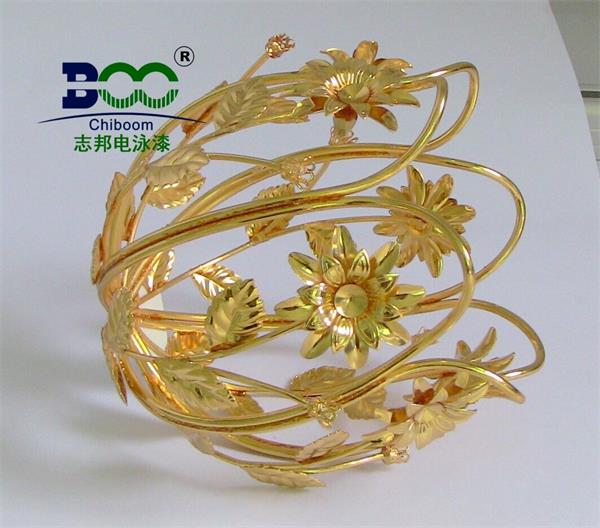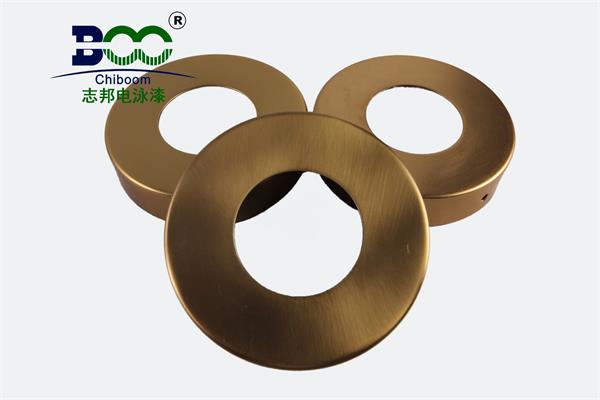Electrophoretic Painting: Innovations and Challenges in Coating Technology
In the realm of modern industrial coating, electrophoretic painting, as an advanced surface treatment technology, is gradually occupying a dominant position in the market. However, like any technology, electrophoretic painting brings significant benefits while also posing some non-negligible drawbacks. This article will delve into the advantages and disadvantages of electrophoretic painting, providing valuable insights for related industries.
Electrophoretic painting, also known as electrophoretic coating, is a coating technology that deposits paint particles onto the surface of the object to be coated under the action of an electric field, forming a covering layer. Its greatest advantage lies in its excellent coating effect, capable of forming a uniform and dense film that covers fine defects on the surface of the object, providing an outstanding appearance. This technology not only enhances the corrosion resistance of coated parts, effectively resisting chemical, water, and climatic corrosion, but also maintains good appearance and performance in harsh environments. Furthermore, the thickness of the electrophoretic paint film is uniform and consistent, with strong controllability, contributing to improved quality stability of the coating.

Another highlight of electrophoretic painting is its environmental friendliness. Compared to traditional spray painting, the electrophoretic coating process employs a closed coating system, significantly reducing emissions of volatile organic compounds (VOCs), in line with modern environmental requirements. Additionally, electrophoretic paint has high utilization rates, and waste liquid can be recycled and reused, further reducing environmental impact and conserving resources.
However, electrophoretic painting is not flawless. Its drawbacks cannot be ignored. Firstly, the production process of electrophoretic paint is relatively complex and highly specialized, requiring specially trained personnel for on-site management and control. Furthermore, once the electrophoretic line is operational, it generally cannot be easily stopped, and should ideally operate at full capacity to avoid increased production costs. For enterprises with lower production volumes, this undoubtedly increases operational pressure.
The color options for electrophoretic paint are also relatively limited. While electrophoretic paint can achieve bright and diverse color effects, the color of epoxy-based cathodic electrophoretic coatings used for primer applications is relatively monotonous, limiting the versatility of color coatings. This, to some extent, restricts the application of electrophoretic paint in certain specific fields.
Electrophoretic paint also has certain requirements for the size and material of the coated object. Due to the specificity of the electrophoretic painting process, there are certain limitations on the size of the coated object, making it difficult to adapt to the coating needs of very large objects. Additionally, electrophoretic paint is limited to the coating of conductive materials, primarily suitable for metal parts, and cannot be applied to non-metal materials.
During the electrophoretic coating process, issues such as particles, pinholes, and cratering may also occur. These problems are closely related to bath management and construction techniques, requiring strict control and management.
In summary, as an advanced coating technology, electrophoretic painting boasts advantages such as excellent coating effects, high corrosion resistance, and environmental friendliness. However, its complex production process, limited color options, and specific requirements for the size and material of coated objects are also drawbacks that cannot be overlooked. In practical applications, related industries should comprehensively consider the advantages and disadvantages of electrophoretic painting based on specific coating requirements and make selections in combination with actual conditions. With continuous technological advancements and innovations, electrophoretic painting technology will continue to improve and perfect, bringing more development opportunities to the field of product surface treatment.





 WeChat
WeChat